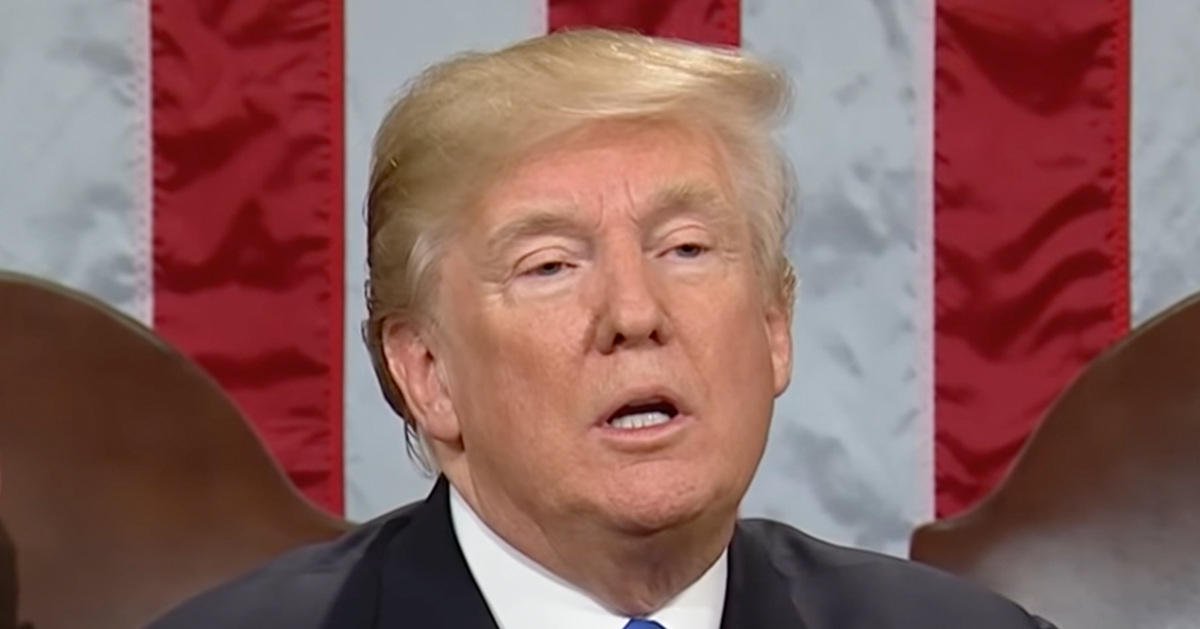Consumer prices decrease, challenging expectations of tariff impact
In a surprising economic development, U.S. consumer prices experienced a decline in March, reflecting the first drop of this nature in nearly three years.
This unexpected decrease defies earlier economic predictions that Trump administration tariffs would cause a rise in prices, marking a political success for the president, who vowed to bring down inflation, as Breitbart reports.
The consumer price index saw a modest dip of 0.1%, contrasting sharply with economists' earlier forecasts, which anticipated a rise of the same magnitude. This marks only the second instance of a decline since inflation began accelerating during the presidency of Joe Biden. Notably, core consumer prices -- excluding the typically volatile food and energy sectors—rose modestly by 0.1 percent, falling short of the 0.3% increase that was expected.
Energy sector leads way
An analysis of specific sectors reveals that energy prices played a significant role in the price drop, with a substantial decline of 2.4%. Gasoline, in particular, saw a notable decrease in price of 6.3%, contributing to the overall downward trend.
Contrastingly, food prices experienced an increase, with grocery bills rising by 0.5% and dining out becoming 0.4% more costly. Despite the overall decrease, the variety in sector performances illustrates complex economic dynamics at play.
Additional declines were observed in other areas such as airline fares, insurance for motor vehicles, used cars and trucks, and recreational activities. Meanwhile, the price for new cars showed a minor increase of 0.1% and has remained steady when compared to figures from the previous year.
Technology stays strong
Technology consumer prices, notably smartphones, also experienced a reduction, with prices falling by 1.1%. Core goods prices followed a similar trend, declining by 0.1%. In contrast, core services prices rose by the same margin, constituting their smallest ascent since August 2021.
In terms of annual comparisons, the consumer price index increased by 2.4% from last year, marking the smallest annual rise since February 2021. Core prices, isolated from transient food and energy costs, rose by 2.8% year-over-year, displaying the lowest inflation rate since March 2021.
This context provides a nuanced understanding of the current economic climate, challenging common perspectives on inflationary pressures.
Trump touts successes
Trump described this development as a political and economic victory, aligning with his earlier promises to reign in inflation and make goods more affordable across the nation. On the campaign trail, he had committed to “ending inflation and making America affordable again” as a priority from “day one.”
This statement highlights the political importance of economic indicators and their influence on public perception. The intersections of inflation expectations and economic realities are crucial in shaping policy discourse.
Economists and policymakers alike are now closely examining these trends to understand their implications on broader fiscal and monetary policies in the United States.
Further shifts awaited
As industries continue to navigate through economic uncertainties, sectors experiencing contrasting trends indicate the diverse factors influencing price indices nationwide. The varied movements in prices across different sectors reflect the complex interplay of domestic and global economic factors.
The unexpected decline in the consumer price index provides new data points for economic analysts and could influence future forecasts and policy decisions.
It remains to be seen how these changes will ultimately impact the broader economic landscape and consumer confidence in the coming months. Analysts will be watching closely to see whether these patterns are temporary or indicative of longer-term trends.
In the meantime, consumers and business leaders will both be keenly observing price movements to inform their economic decisions. This period of transition serves as a reminder of the unpredictable nature of economic trends and the impact these have on everyday life.
Economic patterns under scrutiny
While some sectors struggle with price hikes, notably in food and clothing, others experience relief in pricing pressures, as evidenced by declining prices for fuels and certain goods. These findings prove significant for assessing the trajectory of the U.S. economy and potential adjustments to economic strategies going forward.
How these trends continue to develop will depend on a variety of factors, including policy responses and global economic conditions. As these economic indicators evolve, they will continue to inform the national dialogue on inflation and affordability.
The conversation regarding tariffs and their impacts remains a crucial point of analysis, with implications for future political and economic strategy. As these discussions progress, their influence will be significant for stakeholders across the political and economic spectrum.



